Spain is a country of rich history, vibrant culture, and, of course, world-class wine. As one of the top wine producers globally, Spain offers diverse wine regions, each with its own unique flavours and styles. Among the most famous are Rioja and Ribera del Duero, but the country boasts several other regions worth exploring. This guide will take you through the highlights of Spain’s wine regions, focusing on their characteristics and signature wines and why you should consider them on your next wine tour.
1. Rioja: The Heart of Spanish Wine
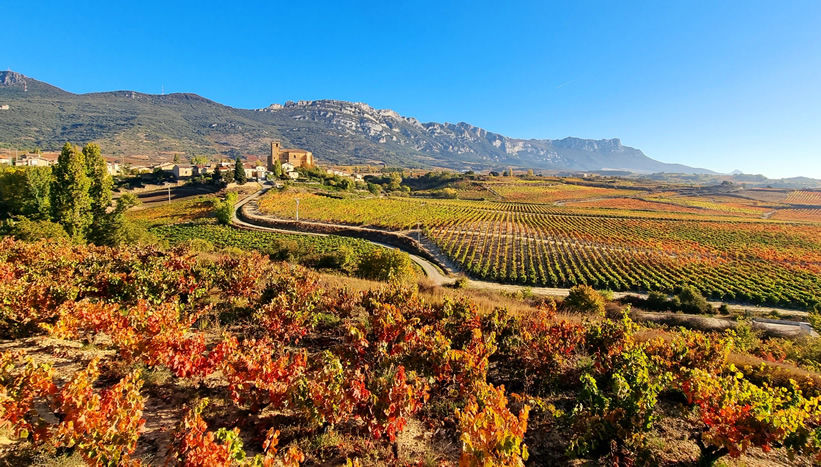
Rioja is Spain’s most well-known wine region, often referred to as the heart of Spanish winemaking. Located in northern Spain, Rioja is famed for its robust red wines, particularly those made from the Tempranillo grape. The region’s wines are classified into four categories based on ageing: Joven (young), Crianza, Reserva, and Gran Reserva. Each level reflects the time the wine has spent ageing, with Gran Reserva wines spending up to five years in barrels and bottles before being released.
- Key Grape: Tempranillo (often blended with Garnacha and Graciano).
- Signature Wine: Rioja Reserva is known for its balanced flavours of dark fruit, spice, and oak, which develop over time.
- Why Visit: The Rioja region is not just about wine. Visitors can explore the picturesque towns of Haro and Logroño, where the culture of wine is celebrated year-round with festivals like the Haro Wine Festival and charming local bodegas.
2. Ribera del Duero: Rich Reds from the Riverbanks
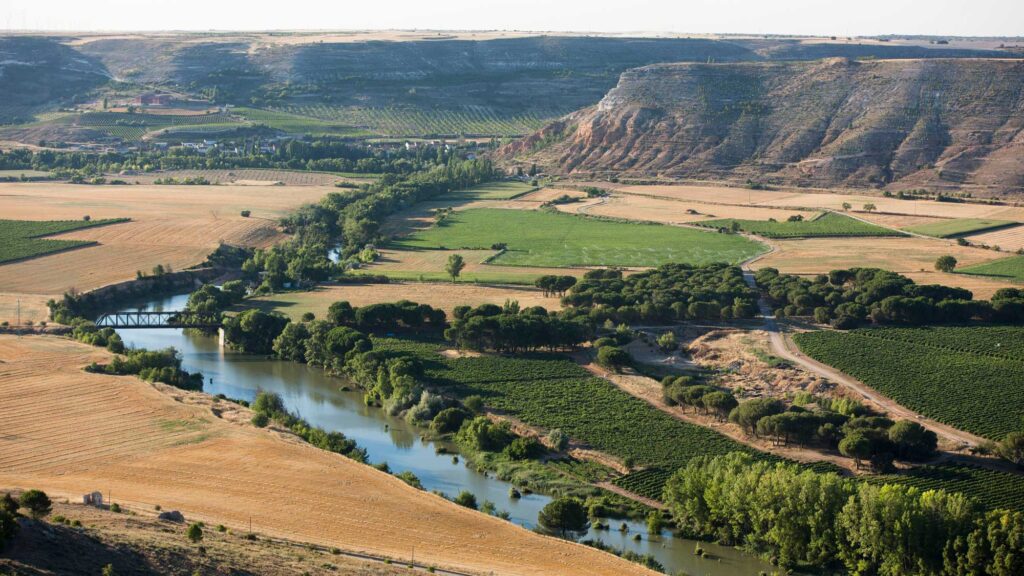
Located along the Duero River in Castilla y León, Ribera del Duero is another top-tier wine region, gaining recognition for its rich, full-bodied reds. Like Rioja, Tempranillo is the dominant grape here (known locally as Tinto Fino), but Ribera’s climate—with hot days and cool nights—produces wines that are bold and intense, with deep flavours of dark fruit, leather, and tobacco.
- Key Grape: Tempranillo.
- Signature Wine: Ribera del Duero Crianza, known for its bold structure and complex flavours, with a slightly higher alcohol content than Rioja wines.
- Why Visit: Beyond the wine, Ribera del Duero is home to stunning medieval castles, historic monasteries, and the picturesque town of Peñafiel, which houses the Provincial Wine Museum in its hilltop castle.
3. Rías Baixas: The Home of Spain’s Best White Wines
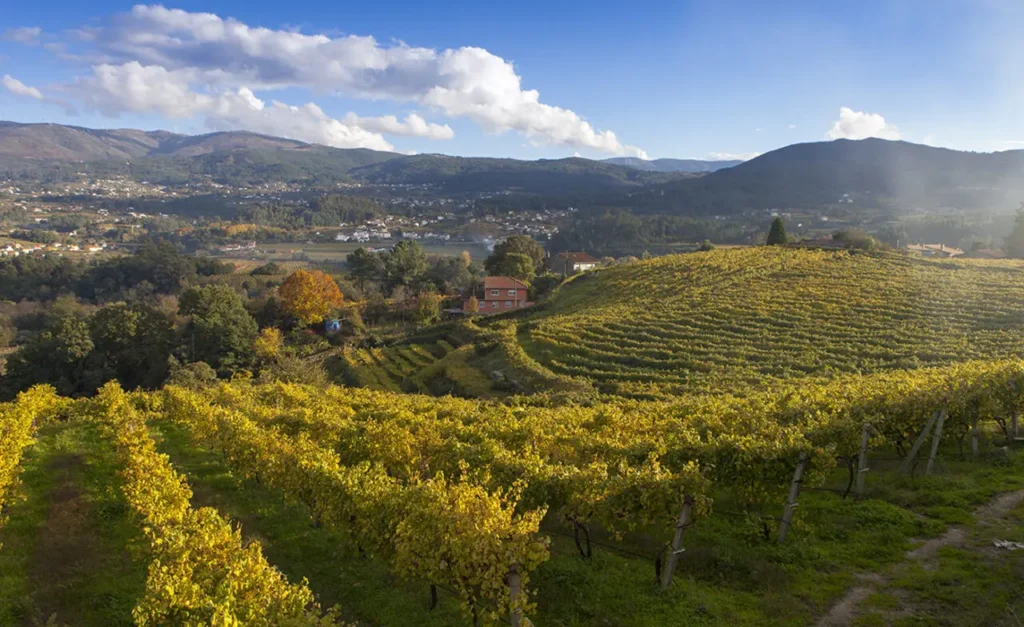
While Spain is primarily known for its reds, Rías Baixas, located in Galicia in the northwest, is famous for producing some of the country’s best white wines. The region’s cool, coastal climate is perfect for growing Albariño, a white grape that yields wines with bright acidity, floral aromas, and flavours of citrus and green apple. These wines are perfect for pairing with the region’s abundant seafood.
- Key Grape: Albariño.
- Signature Wine: Albariño, celebrated for its crisp, zesty character and refreshing finish.
- Why Visit: In addition to wine, the stunning coastal landscapes of Galicia, with its beaches and seafood markets, make Rías Baixas a perfect destination for food and wine lovers alike.
4. Priorat: Bold, Powerful Reds
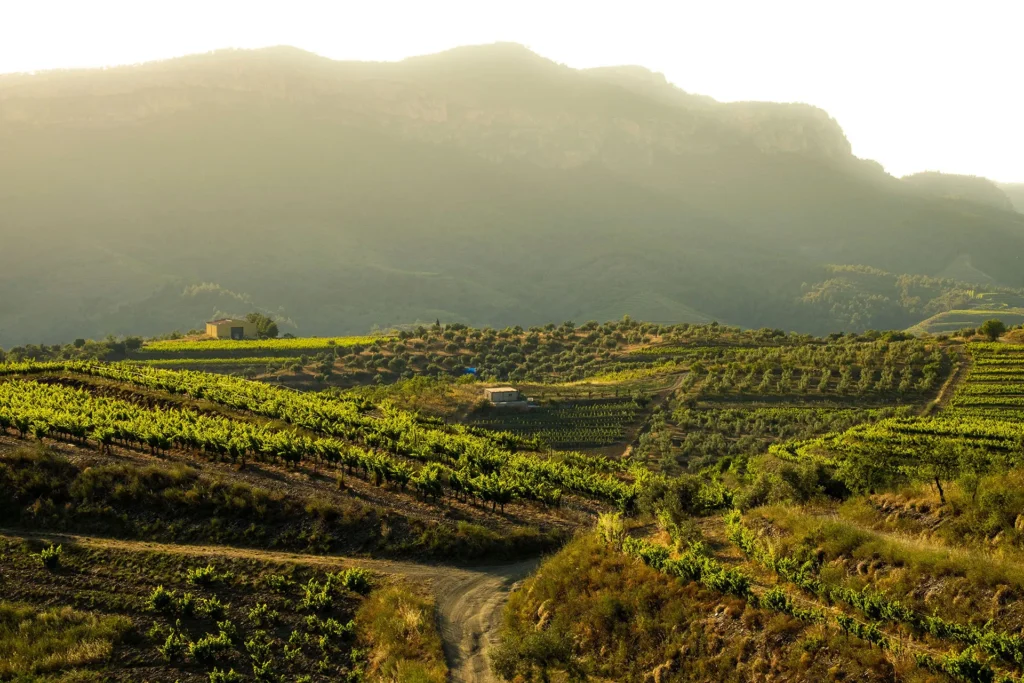
Located in Catalonia, Priorat is a small but mighty wine region known for producing bold, complex red wines. The region’s vineyards are set on steep terraces, and the unique slate soil, known as llicorella, imparts distinctive minerality to the wines. Garnacha (Grenache) and Cariñena (Carignan) are the dominant grapes here, creating powerful, age-worthy wines that often come with a higher price tag due to labour-intensive farming.
- Key Grapes: Garnacha, Cariñena.
- Signature Wine: Priorat red blends, renowned for their depth of flavour, with notes of black fruit, herbs, and a pronounced mineral quality.
- Why Visit: In addition to its top-tier wines, Priorat’s dramatic landscapes and charming villages like Gratallops make it a fascinating region to explore.
5. Sherry (Jerez): A Unique Experience in Southern Spain
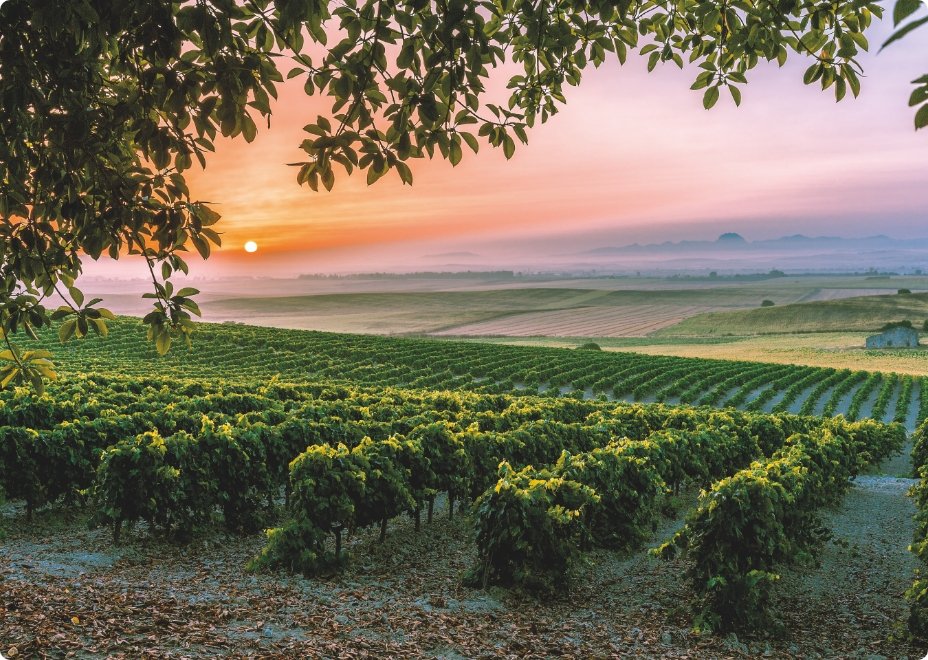
Jerez in Andalusia is the birthplace of Sherry, a fortified wine that comes in a variety of styles, from the dry, crisp Fino to the rich, sweet Pedro Ximénez. Sherry is made using a unique ageing process called the solera system, which blends younger wines with older ones over time, resulting in complex, multi-layered flavours. It’s a must-visit for wine lovers looking to explore something truly unique.
- Key Grapes: Palomino (Fino, Manzanilla, Amontillado), Pedro Ximénez (PX).
- Signature Wine: Fino Sherry, known for its light, nutty flavour and bone-dry finish.
- Why Visit: Jerez offers a blend of wine culture and history, with bodegas that have been producing sherry for centuries. The region is also famous for its flamenco performances, which are often paired with sherry tastings.
6. Penedès: Sparkling Wines of Spain
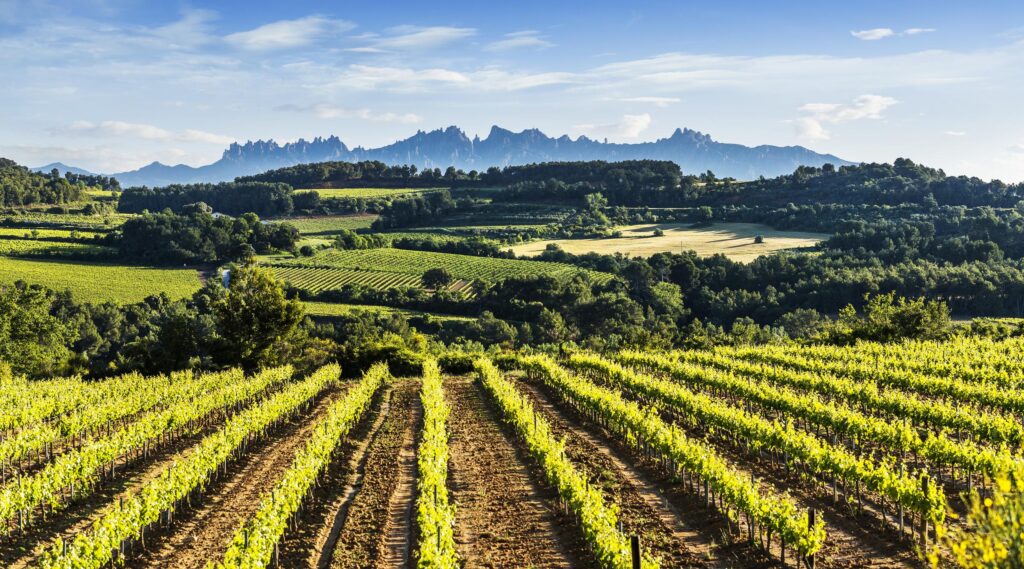
If you love sparkling wine, a visit to Penedès in Catalonia is a must. This region is the home of Cava, Spain’s answer to Champagne. Made primarily from local grape varieties like Macabeo, Parellada, and Xarel-lo, Cava is produced using the traditional method, which involves a second fermentation in the bottle. Penedès also produces still wines, but Cava remains its most famous export.
- Key Grapes: Macabeo, Parellada, Xarel-lo (for Cava).
- Signature Wine: Cava, ranging from Brut (dry) to Dulce (sweet).
- Why Visit: The region’s proximity to Barcelona makes it a convenient and delightful wine getaway. Many of the top Cava producers, such as Freixenet and Codorníu, offer tours and tastings.
Spain’s wine regions offer an incredible variety of wines, from the classic reds of Rioja and Ribera del Duero to the refreshing whites of Rías Baixas and the unique Sherry of Jerez. Whether you’re a casual wine enthusiast or a seasoned connoisseur, exploring these regions will give you a deeper appreciation of Spain’s wine culture and history. So pack your bags and get ready to sip your way through Spain!
Visit our website and discover exclusive flight, hotel, and package deals for Spain!
